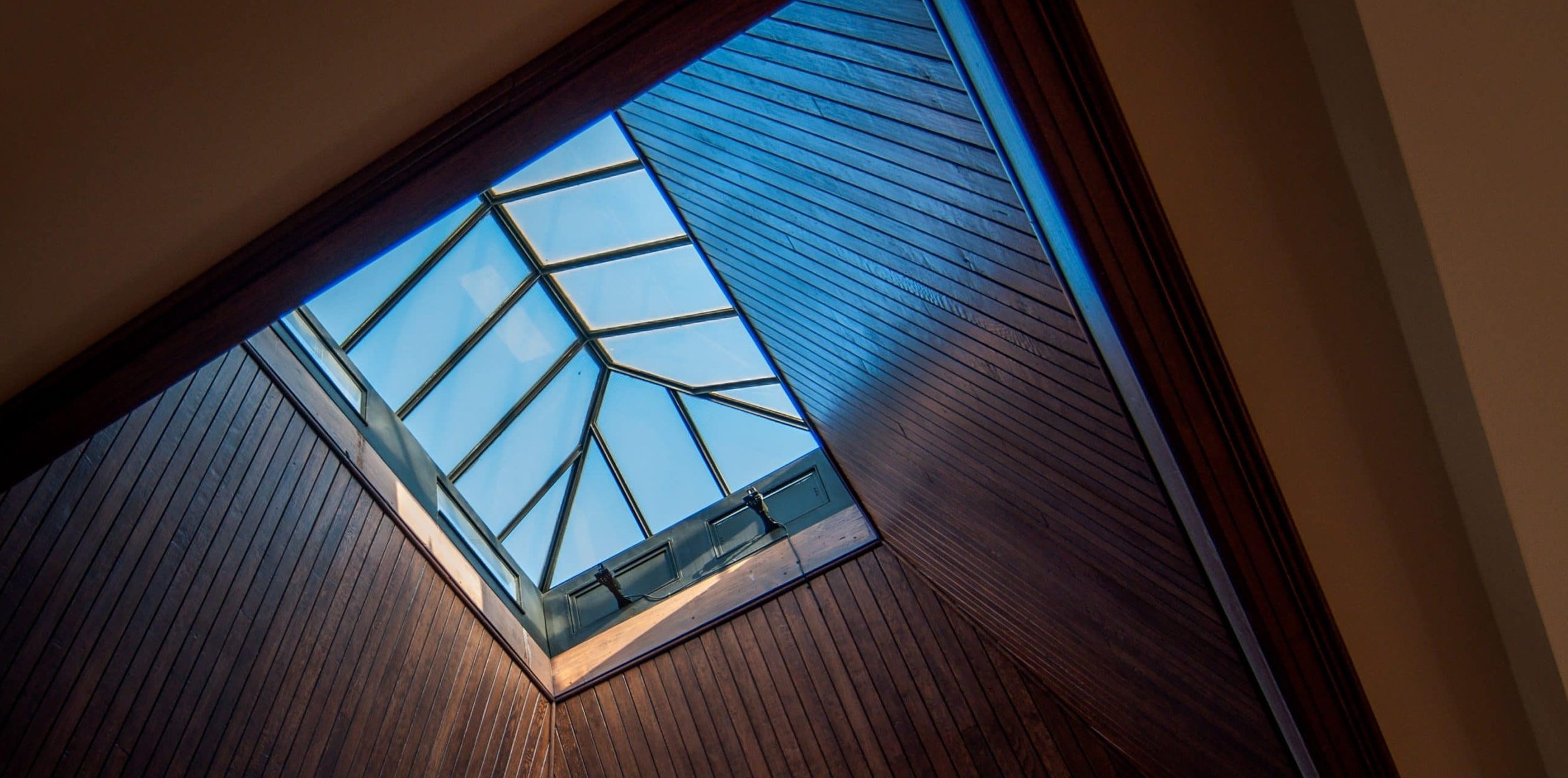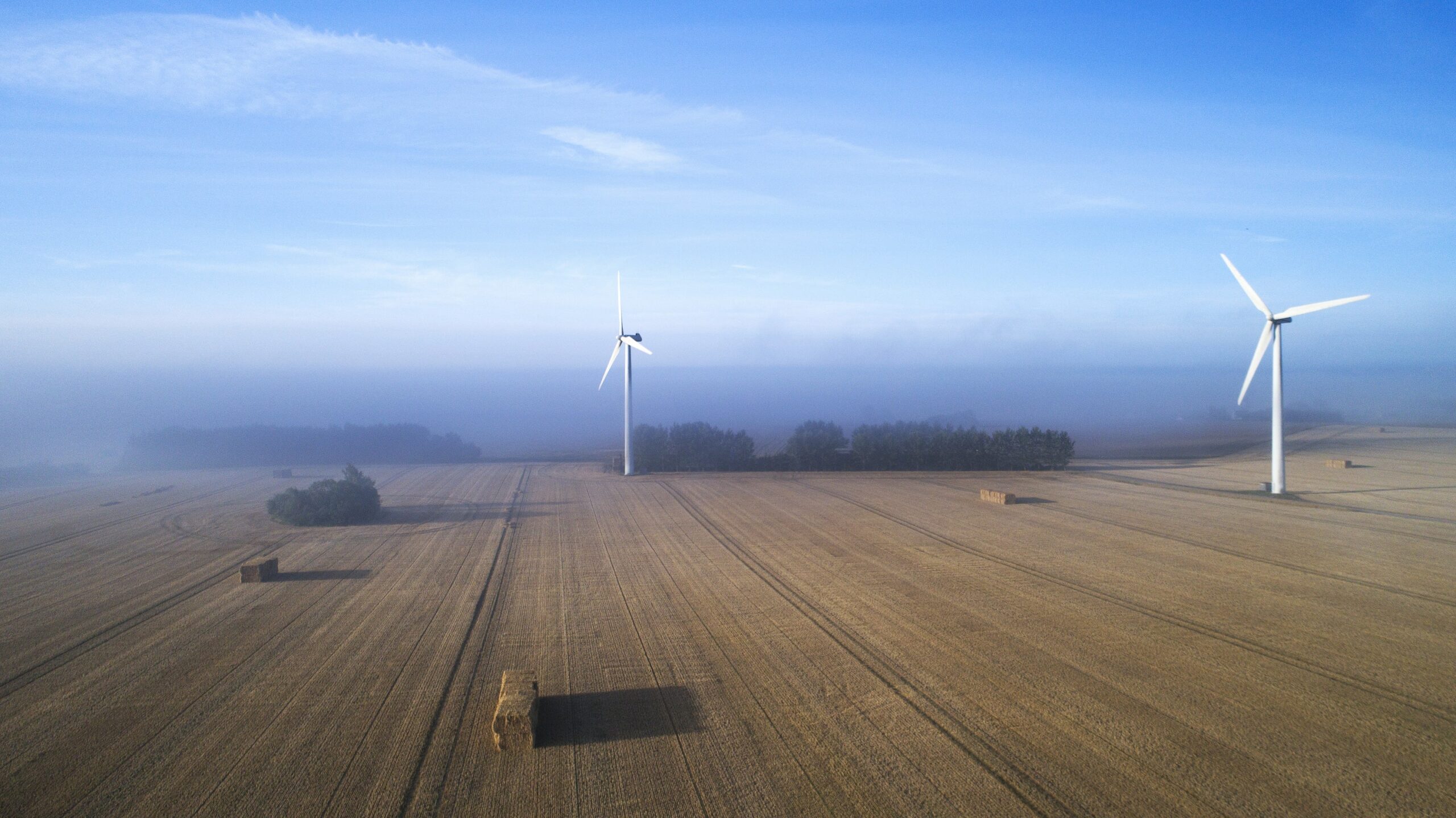News
Buildings
Circular building design
New report shows huge differences in the carbon footprint from new buildings


A new report from Aalborg University (in Danish) has made an analysis of lifespan expectancies of buildings’ with regard to their climate impact. The report, which contains the largest ever sample of cases in such a study in Denmark, offers an insight into the current level of the climate impact of buildings.
One of the main conclusions in the report is that building materials play a pivotal role in buildings’ climate impact. Being aware of the climate-friendly building materials means that up to 2.5 houses can have the same carbon footprint as just one house.
-Related solution: Energy-efficient renovation of buildings, while maintaining utility and architectural value
“The report focuses on new knowledge about the climate impact of construction processes and materials during the lifetime of a building. We have calculated that there is a difference of up to 260 per cent on a newly built single-family house, depending on the material selection”, said Senior Researcher at Aalborg University, Harpa Birgisdottir.
Based on 60 cases, it is possible to continue working with reference values for the climate impact of buildings. These can be used as indicators regarding future buildings’ CO2 emissions. The analyses of the 60 cases include both a short- and long-term lifespan expectancy to get a broader perspective to the analysis.
Wooden buildings are more climate-friendly
Many of the house that had topped the list as climate-friendly were the ones with wooden structural systems as opposed to the commonplace concrete structural systems. Five of the top ten least climate impactful buildings had wooden structural systems. Meanwhile, the two buildings with the lowest climate impact also had wooden structural systems.
“The climate impact varies over 2.2 times when we look at operations and materials combined in the 60 building cases over a 50-year period, and it varies up to three times when we look at embedded climate impacts – i.e. the materials. The report provides an important snapshot of the total climate impact of buildings, and what parts of the specific building cause the calculations to fluctuate in relation to CO2 emissions”, said Harpa Birgisdottir.
-Related solution: Circular Economy in refurbished & new school buildings
The main reason behind the climate-friendleness of wood as a building material is its inherent ability to store CO2, the report states. It is, however, important to note that buildings with a high proportion of wooden material will have a low impact on the climate during the product phase and higher impact at end of life.
-Related State of Green white paper: Energy renovation of buildings
Sources
Aalborg University (in Danish)
Politiken (in Danish)















